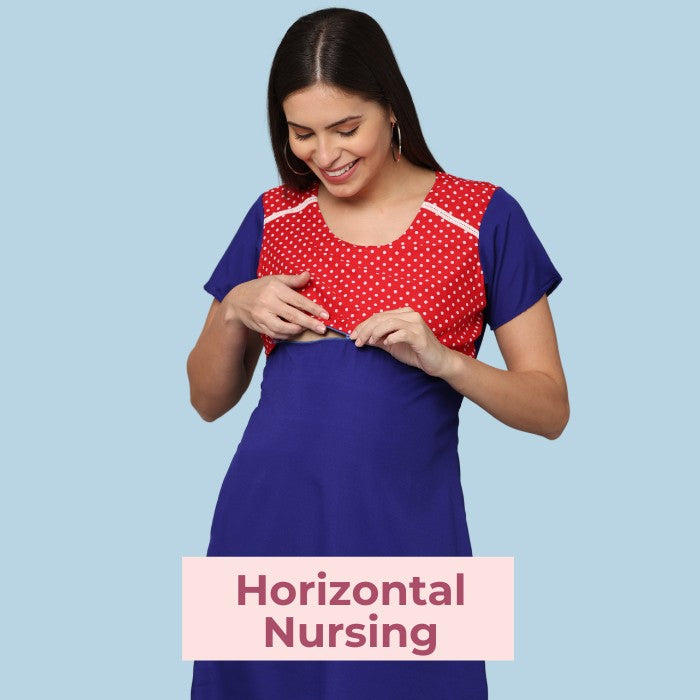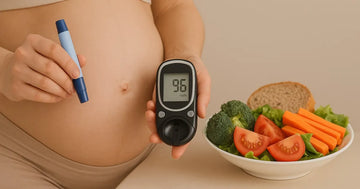
Image Credit: AI
Your body goes through a lot of changes during pregnancy. After childbirth, your body and uterus need time to recover, leading to postpartum bleeding.
It’s normal to have postnatal bleeding, as this is the way that your body gets rid of the excess blood that built up during pregnancy. Blood volume increases by about 50% during pregnancy, and your body is well prepared for this normal blood loss after childbirth.
Why Does Postpartum Bleeding Occur?
After giving birth, postpartum bleeding happens because the uterus needs to get rid of the placenta and shed the lining that developed during pregnancy. As the uterus contracts and returns to its pre-pregnancy state, the blood vessels that supplied the placenta break down, resulting in bleeding.
Types Of Postpartum Bleeding
There are three main types of postpartum bleeding, each with its own characteristics and schedule.
The first bleeding after childbirth is called Lochia.
Lochia rubra: This is the initial discharge after childbirth and it is bright red in color and may contain blood clots. It lasts for about 2–4 days.
Lochia serosa: This discharge is lighter in color, usually pink or brownish and may contain small blood clots. It can last up to 10 days.
Lochia alba: This discharge is white or yellowish and is made up of mucus, tissue and white blood cells. It can last up to 6 weeks after delivery.
If you delivered by cesarean (C-section), you’ll likely have less lochia than you would with a vaginal delivery.
Also read: What To Expect From Your Periods After Pregnancy?
How Long Does Postpartum Bleeding Last?
First days or week, the flow will be heavy (like heavy periods) though the time span can vary from pregnancy to pregnancy and can be reduced depending upon the activity level. It is suggested to take proper rest.
About the end of the first week, the flow should start to gradually decrease, becoming lighter in saturation and color; as time passes, it will fade to a brown, yellowish, or even almost-white discharge. Lochia should stop after 4-6 weeks of delivery.
If the discharge smells foul, you’re still noticing a lot of blood loss after the first four weeks, or the blood is bright red, or if you experience fever or chills, these are signs of an infection. Then you should consult with your doctor as soon as you can.
Best Ways To Stop Postpartum Bleeding
1. Use pads instead of tampons
Postnatal bleeding will be heavy enough that you’ll need to wear sanitary napkins. It is highly suggested to avoid the use of tampons as they can increase the risk of infection.
2. Do take proper rest
If you strain yourself too much, you may bleed longer or start bleeding again after your lochia has already lightened or gone away. After childbirth, new mothers are likely to get into depression, commonly known as postpartum depression. It’s vital to take proper care and time for yourself
3. Do ensure absolute hygiene
After a woman has a baby, her body changes a lot, and there's a higher chance of getting sick. To prevent getting sick and help her body heal, it's really important for her to keep herself clean and hygienic.
4. Avoid heavy lifting and strenuous activities
By avoiding heavy lifting and strenuous activities and focusing on gentle exercises, you can help ensure a smooth and healthy recovery. These activities can improve circulation, muscle strength, and promote healing without putting too much strain on your body.
5. Stay hydrated
After delivery, it's super important to drink plenty of fluids to help your body heal and recover. When you give birth, you lose a lot of fluid, so it's important to drink lots of water and other drinks to make up for it.
Getting Regular Periods After Delivery
There’s no thumb rule as to when your period will return post-baby. Here are some fundamentals:
- Women who bottle-feed can see their menstrual cycle return within 6 -12 weeks of birth
- Women who breastfeed may not get their period back for quite some time. When you breastfeed, your body releases the milk-producing hormone prolactin, which, in turn, keeps your levels of progesterone and estrogen low.
- A decrease in breastfeeding at night may lead to a return of periods.
Also read: 5 Tips To Calculate Safe Period After Pregnancy
Conclusion
It's normal to experience postpartum bleeding after giving birth. This is your body's way of shedding the lining and excess blood from pregnancy. To help ease the recovery process, make sure to rest, practice good hygiene, avoid heavy lifting and stay hydrated. And remember, every woman's postpartum experience is unique, so don't stress if yours is a little different. Take care of yourself, mama!
We wish you happy motherhood!
Shop all Morph essentials including Post delivery period panties for an extra 10% off using code "POSTPARTUM"



























































